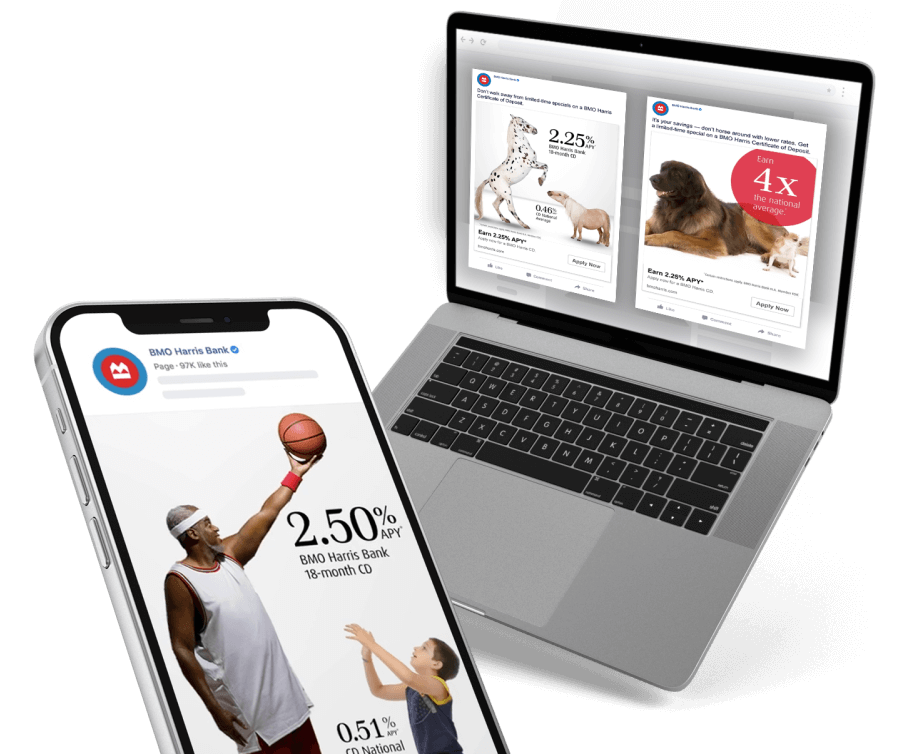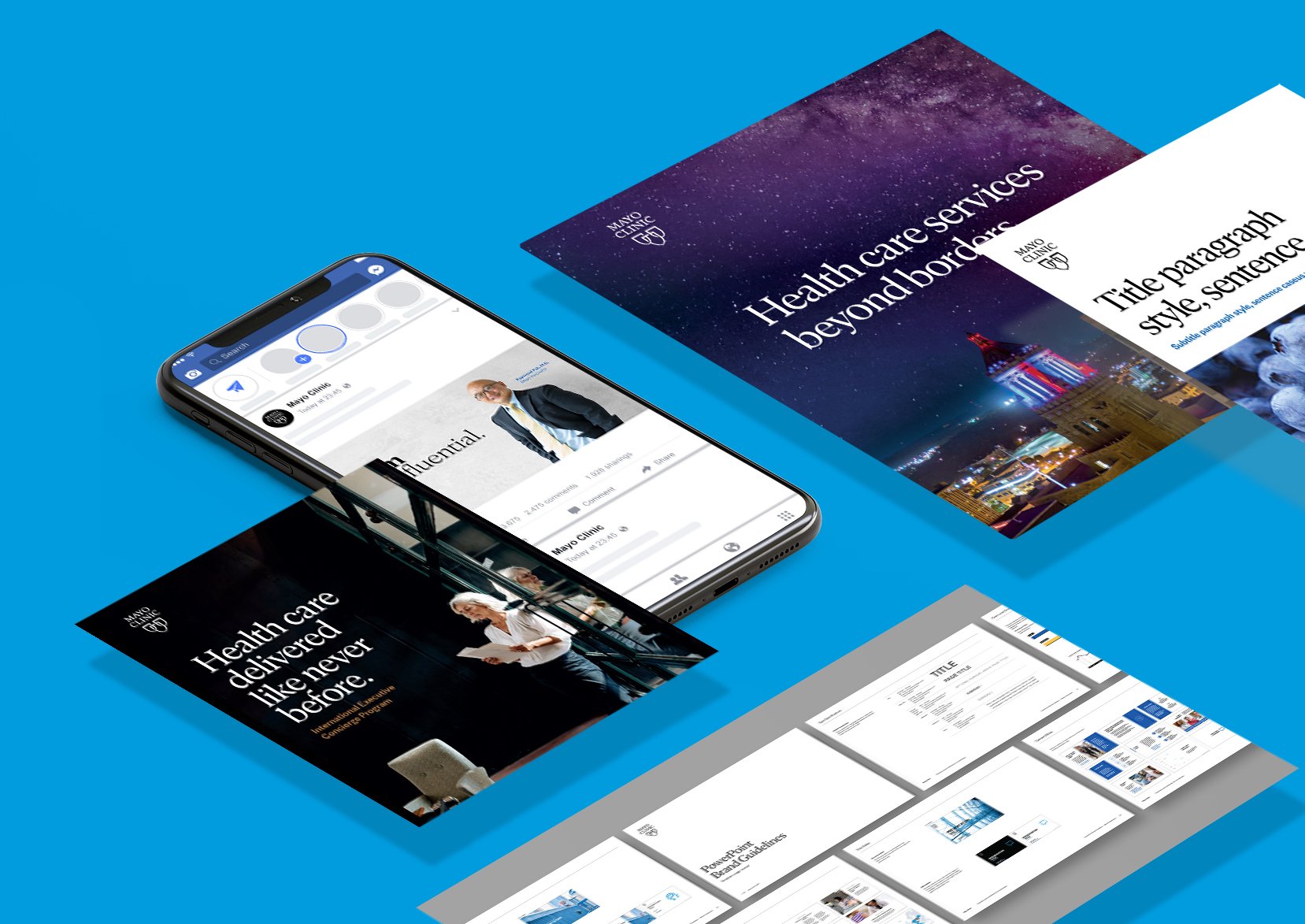A guide to Agile for marketers

The insights in this article are from our McGuffin Mornings event with Alex Cowan. You can view the full session on Agile for Marketers here.
As marketers, we can all be more agile. One way to do that is Agile. That one upper case “A” spells a big difference between the two, something we began to investigate more closely when we heard marketers tossing around the term Agile in lots of conversations that didn’t quite make sense. And truth be told, we might have had some misconceptions as well.
In the case of Agile, it isn’t a synonym for nimble. It isn’t software. Or even a rigid set of prescribed processes or protocols; indeed, there are many ways to implement Agile. And it certainly doesn’t reject planning or discipline. Agile is a proven methodology—often a hybrid set of principles and values—for product or service development/project management. At its core is an iterative, human-centric approach that reinforces constant improvement. As part of this, conducting small-batch testing more frequently enables modifications that not only lead to the best product, but also are more cost-effective. However, this doesn’t mean Agile is only suitable for small projects—even a large project can be addressed incrementally.
Agile began in the world of software design, starting to percolate in the year 2000 when a group of 17 developers got together to discuss how they could speed up the go-to-market timeline for software.
It was about this time that Alex Cowan, self-professed college dropout and 5X entrepreneur, began to consider how to minimize the inefficiencies and waste in his startups. From this perspective, he soon embraced the Agile philosophy after its official birthdate in 2001, and today teaches it as an instructor in the MBA program at UVA Darden. At our latest McGuffin Mornings, we invited him to take us through a broad overview of Agile and how it can be leveraged in marketing applications.
The Agile Manifesto
Cowan began at the beginning, explaining how the 17 pioneering Agilists crafted a manifesto to encapsulate four fundamental values:

With the manifesto, you start to understand the fluidity and iterative nature of Agile. “It’s really more a set of outcomes you’re trying to get to rather than a step-by-step cookbook,” Cowan said. By empowering teams to be self-sufficient and providing them the resources to do so, they can better respond to change, evolve, test and improve incrementally. All of these things are fundamental to Agile.
How can we apply Agile to marketing?
While the creation and marketing of a new product or service might differ slightly from how Agile would be applied to software development, both practices move through a pipeline that begins with a clear understanding (personas/qualitative research) of what’s important to the customer on a very human level. As the project progresses from idea to deployment, Cowan explains, “There’s nothing more Agile than being purposeful around what you learn every step of the way.” And while it doesn’t entirely eliminate planning, responsiveness to the evidence you gain working and testing in small batches is more important.
It’s also important to note how Agile could be more effective than the typical linear approach to marketing. As opposed to the handoff from, let’s say, strategist to product developers to testers/researchers to creatives, the dedicated, integrated Agile team has everyone at the same table, every day. This fosters more communication, sharing of ideas, more immediate solutions to problems as well as shared accountability.
The Agile practices that support the pipeline
The core practices of Continuous Design, Agile Development and Continuous Delivery are the metrics that keep you in an Agile mindset:
- Continuous Design entails a rigorous look at whether you and your team are getting better at minimizing waste while maximizing value as it pertains to your desired outcomes.
- Agile Development focuses on evaluating how many products/services you are releasing.
- Continuous Deliverycenters around the frequency with which you are creating output. It also hinges on a small-batch product development and evaluating the product against desired outcomes (testing) with an eye toward the next iteration. In other words, rethinking “done.”
An extreme example of how Agile works is Amazon. They release new code every 11.6 seconds because they’ve been learning and improving at every juncture—for a long time. As marketers, this can be translated into product or even campaign evolution, with every tweak along the way moving the product closer to meeting those criteria of customer needs.

Under the Agile umbrella
There are many methodologies and frameworks that fall under the Agile umbrella—Lean Development, Kanban and Design Thinking. Scrum is perhaps the most widely utilized. One of the notable exercises of Scrum Design is called the Daily Standup. It’s a meeting in which everyone—you guessed it—stands and speaks to their current progress toward goals and if they have any challenges. It’s easy to see how this could help move product development and marketing through the pipeline from idea to solution, as long as you think of fanning the flames of progress vs. putting one’s feet to the fire every day.
The power of hypothesis
Cowan noted that where most teams need improvement—even in marketing scenarios—is in the Continuous Design stage. Once again, that is the ability and practice of making small tweaks/iterations that is greatly enhanced if you and your team know exactly how to measure what is working or isn’t, based on tightly defined hypotheses.

Marketers and product developers must ask themselves:
- Persona & Problem Hypotheses: What does our qualitative and quantitative evidence tell us about who our customer is; what problem, task, habit or desire are we delivering on? Is our product on the customer’s “A” list of needs? Without this clearly dialed-in, everything afterward will be wasted.
- Demand/Value Hypothesis: Will our target customers actually want and use our product/service? This is where the tenets of Lean Startup thread into Agile, involving testing of more proxies, as opposed to finished executions. Because you spend less time, money and energy on proxies vs. highly refined finished products, it gets you closer to potential success with much less waste.
- Usability Hypothesis: How do we test our documentation or product most efficiently? Doing the testing progressively with smaller groups of consumers before going live provides valuable feedback to make cost-effective, pinpoint improvements before scaling. If the execution is too far down the pipeline and problems arise, fixing them is going to be a lot more expensive at that stage.
How can you implement Agile right now?
If nothing else, Agile is a scalable process since its very essence is iterative and small-batch focused. By those parameters, don’t jump in the deep end. Consider getting started with a small, though important, project and see how things go before using an Agile approach to a large initiative. Cowan suggested the following steps as a way to ease into Agile thinking:
- Charter—Gather a dedicated, cross-disciplinary team and make them fully responsible for developing user personas, determining jobs to be done and what desired outcomes would look like.
- Rethink “done”—Focus less on output, more on incremental improvement.
- Focus on testability—Give serious consideration to how you will test and how you will determine your product or service is working. In other words, set KPIs ahead of testing to measure performance.
- Work your pipelines—Keep refining how to go from idea to execution. Put it up on a whiteboard, even if it’s a mess. You’ll have a better idea on where to invest in improvements.
- Increase Self-Service/Decrease handoffs—If your team wants to try something out or even hire additional employees, give them the resources to do it themselves. In this way, your team won’t have to deal with infrastructure and process, which are often cumbersome.
Concurrently, the Growth Hacking Canvas is also a good place to start. Cowan says, “This is something I developed that has become a pretty popular tool—to whiteboard out what you might already know or what you can further define your project or product parameters.”
You definitely can implement Agile successfully in your product development and marketing processes. Just give yourself and your team time to manage the learning curve and don’t be afraid to put together several Agile methodologies to find out what works best. For educational resources, visit Alex Cowan’s site for information on his courses through UVA Darden. Then, get agile with Agile!




